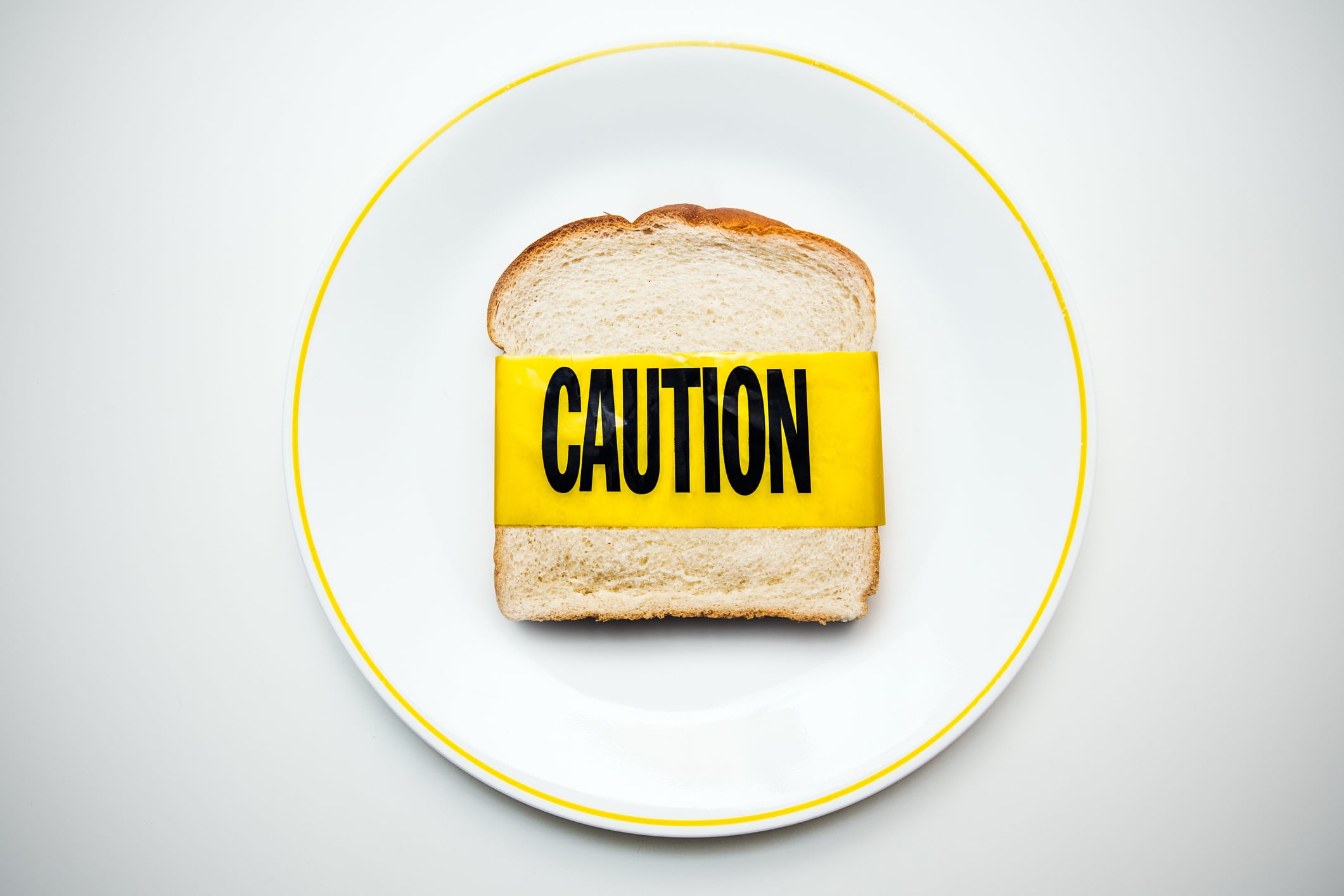Where do ultra-processed foods dominate?
- Ultra-processed foods linked to chronic disease and organ damage globally
- UPF intake exceeds fifty percent of calories in US and UK
- Sales stable in rich nations but surged sixty percent since 2007 elsewhere
- Growth fastest in low and middle-income countries with weak regulation
- Experts urge tailored policies and early action to prevent full displacement
In the days following The Lancet report on ultra-processed foods (UPFs), the food and beverage industry will still be reeling.
Many of the ingredients they use, and products they sell, have been tarnished with the same brush. According to the landmark, three-paper series, the ‘ultra-processed diet’ is responsible for an increase in chronic disease worldwide.
And the most damning finding of all? UPFs have been linked to damage in most organs of the body.
But incidence of UPF-related illness won’t be the same the world over, because as the researchers reveal, UPFs aren’t equally dominant worldwide. So where are they most entrenched - and which markets are next in line?
Where do ultra-processed foods dominate?
UPFs are synonymous with convenience. Yes, they can offer other benefits like food safety and longer shelf-life, but as packaged food products they’re often easily consumed on-the-go. And as is the case with convenience foods, they’re cheap.
So it’s interesting that UPFs are most prevalent in high-income countries, where people have the most money to spend on food.
However that’s what the research says: in the US, UK, Western Europe and Australasia, UPF intake is already very high. In the US and UK, UPFs account for more than 50% of total calories.
Looking to UPF sales, overall they’re stable at around 200kg per person annually. It should be noted there have been slight declines, which the researchers link to a reduction in sugary drink consumption.
What is ultra-processed food?
No one single definition of highly processed food exists, but Carlos Monteiro invented one: the Nova classification system.
Monteiro, a co-author of the Lancet papers, puts all food into one of four groups: unprocessed or minimally processed foods; processed culinary ingredients; processed foods; and ultra-processed foods.
According to Monteiro and his Nova definition, an ultra-processed food is made from ingredients extracted from foods, such as oils, fats, sugar, starch and proteins, or else made from processed food fractions, like modified starch or hydrogenated fats. They are usually convenient, require little to no cooking, frequently include additives, and tend to be high in sugar, fat and salt.
UPFs are rising elsewhere, fast. But why?
Although UPFs are most common in high-income countries, prevalence is surging elsewhere – notably in low and middle-income countries.
Sales of UPFs have skyrocketed from 2007 to 2022 by 60%, rising from 20.3kg to 32.2kg per person.
Overall in lower middle-income countries like those in South Africa and Sub-Saharan Africa, UPF growth is up 40%. In upper middle-income countries, like countries in Latin America and Eastern Europe, it’s up 20%.
In Asia, UPF consumption is also increasing: in China, UPF share has tripled from 3.5% to 10.4%, in South Korea it’s also risen three-fold, from 12.9% to 32.6%.
So why is UPF consumption increasing at such a rate in these regions, but stabilising in others?
It’s because low and middle-income countries are where the big food corporations still see the greatest “room to grow”, says Maria Laura da Costa Louzada, co-author of The Lancet papers. Not just that, but regulation in these regions is still “relatively weak”. Coupled with the fact that supermarket chains and fast food outlets are expanding, and trade and investment rules favour transnational food companies, it’s an easy market for Big Food, we’re told.
“In this context, heavily marketed, shelf stable, ready-to-eat products become an easy entry point into people’s diets and into retail systems.”
It would be a mistake to link increased UPF intake with boosted demand, she says. Rather, The Lancet series shows that UPF growth is driven more by corporate strategies, global supply chains “dominated by cheap UPF ingredients” and unfavourable policy environments.
If UPFs cause illness, what’s the fallout for low and middle-income countries?
If, as The Lancet papers suggest, UPF consumption is linked to chronic illness and organ damage, that’s not just worrying for countries where consumption is currently high. It’s also concerning for regions where uptake is still relatively low, but increasing at pace.
Particularly considering that in low-income countries, populations already face health challenges like undernutrition and micronutrient deficiencies.
“A rapid rise in UPFs adds a new layer of chronic disease risk, creating the “multiple burden of malnutrition”, says Louzada. ”UPFs also displace local food cultures, undermining farmers, traditional markets, and community food systems."
The researcher is also concerned that within these populations, lower-income households will be hit the hardest. Cheap and convenient foods are most likely to appeal to these people, she warns.
Implications for policy: where should lawmakers prioritise first?
Nutrition policy to date has largely targeted excessive quantities of problem nutrients – like sugar, salt, and saturated fats – in processed food and drink products. But if the study authors have their way, UPF-focused legislation could be just around the corner.
They’re calling for restrictions on the amount of UPF-specific ingredients in foods, like artificial sweeteners and colourants. Warning labels and UPF taxes are also being discussed.
So the next question is: should policymakers prioritise low and middle-income countries where health regulation is poor, and UPF consumption surging? Or focus on the countries with the highest UPF prevalence?
For Louzada, it’s not an either/or situation. It stands to reason that countries with very high UPF intake “urgently” need regulation, because in these places, “disease burden is already large”.
But in others, where UPFs are rising fastest but aren’t yet dominant, there’s a “critical window of opportunity”. In these countries, the researcher believes it’s still possible to prevent “full displacement of traditional dietary patterns”.
If the window of opportunity isn’t seized, Louzada fears food supply will become “dominated” by UPFs, making reversing the trend “far harder and costlier”.
“Ideally, policies must be tailored to each stage of the UPF transition and local characteristics, but early-stage countries are where prevention is most effective.”
How is F&B responding to The Lancet UPF report?
Most major consumer goods companies (CGPs) have asked trade bodies to respond on their behalf. These organisations argue that classifying foods by processing level—rather than nutrient profile—risks confusing consumers and undermining established dietary guidelines.
They point out that many foods often labelled “ultra-processed,” such as wholemeal bread, frozen vegetables, and fortified cereals, are important for balanced diets and food security.
Sara Lamonaca, Director of Consumer Information, Nutrition & Health at FoodDrinkEurope, explains:
“If a meaty pasta sauce or a vegetable preserve can be branded ‘ultra-processed’ and therefore ‘bad’, we’ve lost the plot. These affordable, nutritious foods help people eat better, yet The Lancet’s approach blacklists them for a single ingredient. The UPF label confuses consumers and experts alike and is not a sound basis for public health policy.”
More industry reactions can be found here: Industry takes aim at Lancet's deadly UPF report





